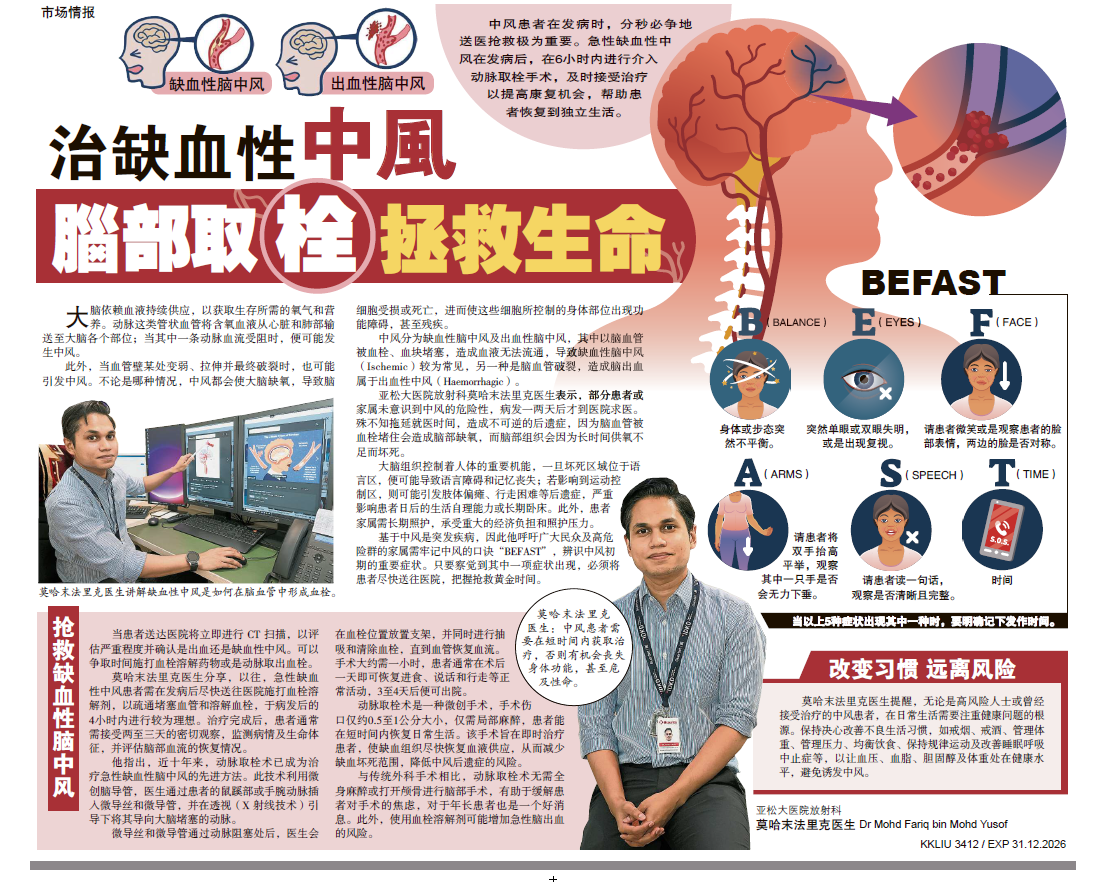Pain in the perianal region is usually due to an infection, a tear in the delicate skin lining the anal canal or prolapsed piles. Perianal pain, therefore, always warrants medical attention. Neglected perianal pain can lead to serious infections. Most people tend to sit on the symptoms as they are too embarrassed to face the doctors to sort out their conditions. But, what are perianal conditions you may ask?
The most common conditions are anal fissures, abcesses, fistulae and haemorrhoids or better known as piles. Anal fissures cause excruciating pain occurring with passage of hard stools with a sensation of tearing. This pain is due to a tear in the delicate skin lining of the anal canal, the mucosa, leading to reflex tightening of the muscles that surround the anus.
Once a fissure occurs, the pain persists for about 2 to 3 hours after defecating, subsiding to leave a discomfort until the next bowel motion, which again aggravates it. This starts as a sudden event in a person who is usually constipated and strains at stools. Bleeding is not uncommon, being present a bright red blood streaking stools.
Fissures that occur suddenly heal spontaneously, in the majority. Pain relief, local medication to relax the tightened muscle and fecal softeners or laxatives to address constipation, are the usual measures that are needed.
Also sitz baths can be comforting to the patient. Thus, four weeks of treatment with local application of a cream will cure the problem in many provided that the bowel motions are normal. These drugs applied are known to cause headaches as a side effect. It is not a problem to be alarmed of, and will resolve with using the medication for some time.
However if repeated treatment with medication does not solve the problem the chances are that the patient needs surgery.
In some patients, possibly due to long standing constipation, fissures tend to take a chronic course. They heal and then get worse from time to time as a result of ongoing trauma to the anal canal. This type of a ‘chronic’ or longstanding fissure can leave small fibrotic skin tag at the margin of the anus, feeling like a small lump. This is called a sentinel pile and not a cancer. Unless for the patient concerns, sentinel pile per se does not need surgery. But patients with chronic anal fissures with a sentinel pile at the time of presentation are unlikely to be benefited by medication alone. Most of them need surgery, if the fissure causes symptoms.
In these instances part of the muscles that surround the anus forming the sphincter, or the continence mechanism, has to be relaxed by an operation, under anaesthesia. This is called lateral sphincterotomy. This is done under spinal anaesthesia, i. e. by an injection given to make the area below the back numb. It can also be performed under general anaesthesia, by giving medication to make the patient unconscious.
Following sphincterotomy the pain subsides and provided that the patient does not have to strain at stools, the fissure heals.
There is another method called manual dilatation of anus, again relaxing the tightened muscles. Both these interventions are not without the risk of damaging the continence mechanism of the anus. However, sphincter problems leading to incontinence following sphincterotomy is repairable, whereas if it occurs as a result of manual dilatation, chances of a repair are less.
Perianal abscess on the other hand is caused by infection in the gland in the anal canal by the bacteria found is faeces. Although in any normal person the faeces are full of bacteria, the glands do not get infected usually. But in a person with diabetes or other reasons of low immunity, an infection can set in forming pus that collects in tissue spaces within the anal canal. Abscesses can be very superficial or deep down in the anal canal.
Abscesses cause pain, initially starting with mild discomfort, sometime when sitting. Then pain shoots up in one or two days, with fever setting in. In severe infections the patient might find it difficult to pass urine. This needs very early intervention, as infection can spread to the surrounding areas causing extensive tissue damage needing aggressive management options. Perianal abscesses need drainage by surgery. Pain relief is mandatory. Once the pus is drained and the surface cleaned, accompanied with appropriate antibiotics this will resolve. Draining the abscess is done under spinal anaesthesia or general anaesthesia.
In the instances where these abscesses do not heal properly, they can form a source of sepsis with pus draining from the abscess on to the skin. If the other end of the tract opens into the anal canal, this is called a fistula. It is a tunnel like passage where one end opens onto the skin while the other end to the anal canal or high up in the rectum.
Other than previous or recurrent abscesses, there are many other reasons for fistulae to occur. Rare conditions like Crohns disease or tuberculosis have to be considered in a person with recurrent or multiple fistulae.
Fistulae do not cause severe pain unless there is an infection. However the agonizing aspect of fistulae is that it can cause continuous discharge from anal canal on to the skin, leading to soiling. The usual method of treatment is to lay open the fistula tract by surgery and allow it to heal from the base upwards so that no tract, tunnel is kept open at the middle part.
This is easier said than done. Healing in fistulae can be erratic especially in the cases complicated with other longstanding diseases. Unfortunately therefore, perianal fistulae run a chronic course at least in some people, needing several surgeries.
Sometimes fistulae warrant specific diagnostic imaging with MRI scans to identify the extent of the tract. Along with all these measures, the patient’s sugar control and nutritional status has to be maintained at the optimum so that they do not hinder wound healing. Sitz baths are advocated during the time the fistula is laid open.
Hemorrhoids on the other hand are cushions of anal mucosa with their underlying blood vessels that tend to prolapse with constant straining. Initially they are inside the canal, leading to bleeding while passing stools. But with longstanding straining the piles can come out, and stay outside the canal. Tightening of the surrounding muscles can constrict the hanging piles at their stalk and the blood supply gets reduced leading to strangulation of the piles. This can result in clotting of blood inside the pile, swelling and intense pain.
They can also get infected. Pain usually subsides in about two days and is minimal after one week. However there will be a lump at the anus and discharge from this causing soiling. For pain relief, use of local anaesthetic creams is of value in the initial stage with ice packs kept over the lump to reduce swelling. Antibiotics are useful to prevent infection. Definitive management is removal of the piles or hemorrhoidectomy under spinal anaesthesia (or general anaesthesia) after the initial episode of pain and swelling. Recent technology has allowed for a minimally invasive procedure known as stapler haemorrhoidectomy.
Painful perianal hematoma occurs when a small vessel draining blood ruptures and bleeds into the skin, possibly due to straining, violent coughing, lifting heavy weights etc. Blood accumulates quickly and clots. Pain ranging from mild to severe can occur as tissues get swollen. However it will subside within a few days.
The haematoma or the blood filled lump will also resolve with time. It also can be drained by a small incision under local anaesthesia, in the instances when it takes time to subside. Antibiotics will be used to prevent infection.
Sitz Bath
A sitz bath is a form of bathing where the bottom and hips are immersed in warm or cold water for a period of time: 15 – 20 minutes is ideal.
Warm sitz baths are best for cleansing the area while cool sitz baths help to ease swelling. Sitz baths can be used with water by itself or you can add other forms of solutions to the water. A simple trick is to add salt or baking soda to the water and allow yourself to soak in the water for 20 minutes.
The trick works to clean the affected area as well as relieving pain.











